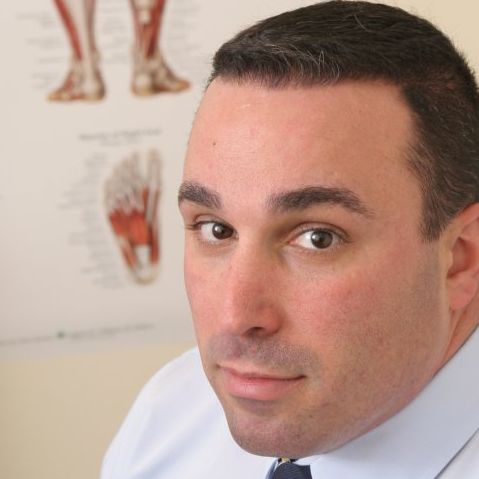 Dr. Valente sees many people weekly in our busy New York chiropractic office who are searching for relief from the pain and distress they feel due to herniated discs. Our experience isn't unique; the medical research verifies that chiropractic care is an effective way to treat herniated disc problems.
Dr. Valente sees many people weekly in our busy New York chiropractic office who are searching for relief from the pain and distress they feel due to herniated discs. Our experience isn't unique; the medical research verifies that chiropractic care is an effective way to treat herniated disc problems.
Don't Suffer! Dr. Valente and Chiropractic Care Helps With Disc Herniation
One particular research project involved 27 people, 8 male and 19 female, who had magnetic resonance imaging (MRI) confirming a disc herniation in either their neck or lower back. The people reported that they were experiencing pain, reduced range of motion, and sensory problems bad enough to keep them off work.
Over the course of the research period, the individuals were treated using one of two common chiropractic techniques: traction for herniated discs in the cervical area or flexion distraction for the men and women who had herniation issues in the low back.
Each man or woman was treated four or five times per week for the first two weeks, then three times each week, and then as needed for the remainder of the study. Depending on the extent of the disc herniation, therapy ranged anywhere from six weeks to six months, with MRIs being conducted at a variety of stages to identify what effect, if any, the chiropractic care was having in regard to the disc herniation.
Research Shows Chiropractic Helps With Back Pain and Herniated Disc
The authors discovered that 80 percent of the patients experienced a "good clinical outcome," meaning reduced pain and a reduction in other issues, such as numbness. Additionally, 77 percent of these people also showed MRI evidence that their disc herniation was either reduced or resolved completely. This resulted in 78 percent of the study participants being able to return to their place of work and led the authors to conclude that chiropractic care is both "safe and helpful" for disc herniations.
If you have a herniated disc and suffer from chronic back pain and are near Dr. Valente in New York, contact our office today to see what chiropractic can do for you!
Reference
BenEliyahu, DJ. Magnetic resonance imaging and clinical follow-up: study of 27 patients receiving chiropractic care for cervical and lumbar disc herniations. Journal of Manipulative and Physiological Therapeutics 1996;19(9):597-606.



